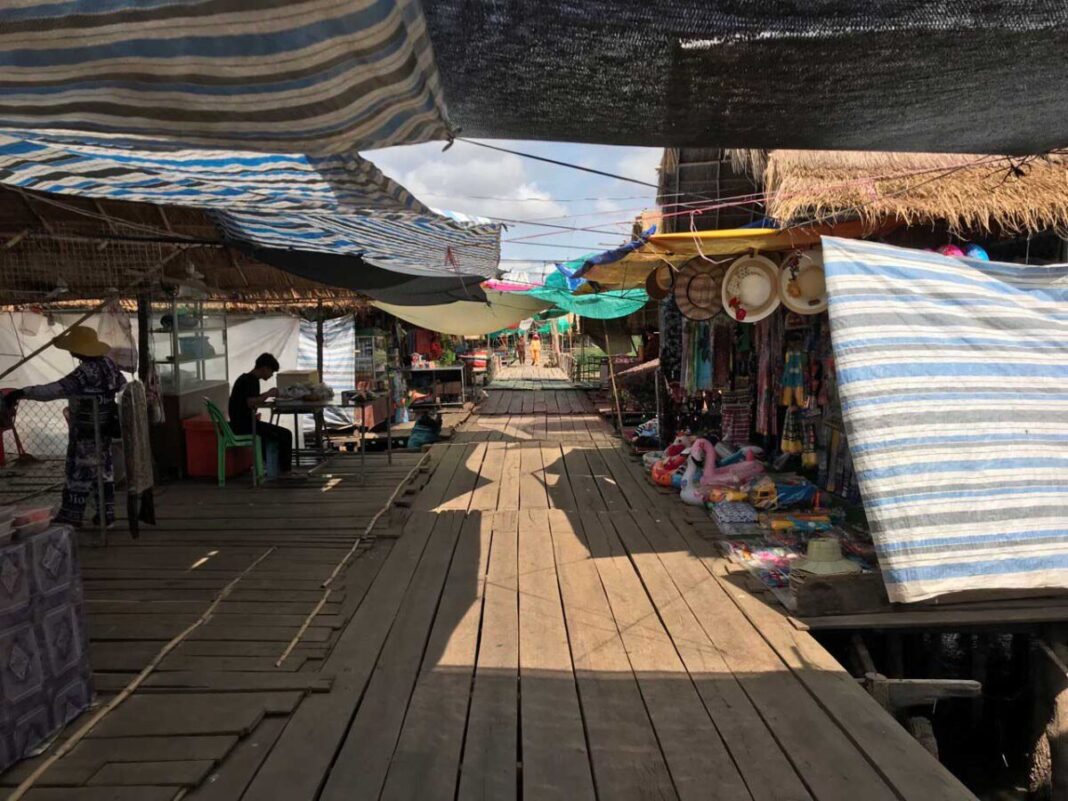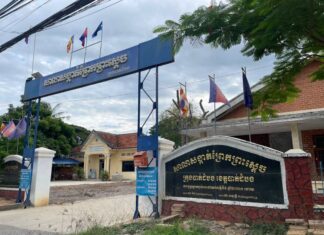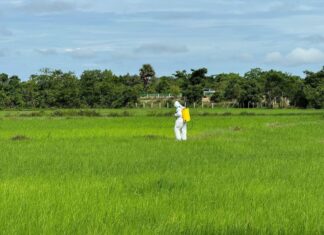The Mekong River flows gently through Kratie Province, meandering past sandy beaches lined with low-slung hammocks hanging in the shade of bamboo huts.
The river turns golden at sunset, and in the quieter stretches, away from the buzz of passing long-tail boats, Irrawaddy dolphins splash in the twilight.
Known as Mekong dolphins, the critically endangered Irrawady make their home in a 90-kilometer stretch of the river between Kratie town and the Laos border. Less than 100 remain, say experts, with around half the population believed to live in the waters around Kratie.
In the days before Covid, a community of businesses thrived on the tourists who came to see them, but since the country reopened in late 2021, travelers have yet to return.
“Sales are not good,” said Chhnang Salen, a 65-year-old fish vendor at the Kampi Rapids, a popular departure point for riverboat tours. “Due to the economic crisis, tourists do not travel anymore.”
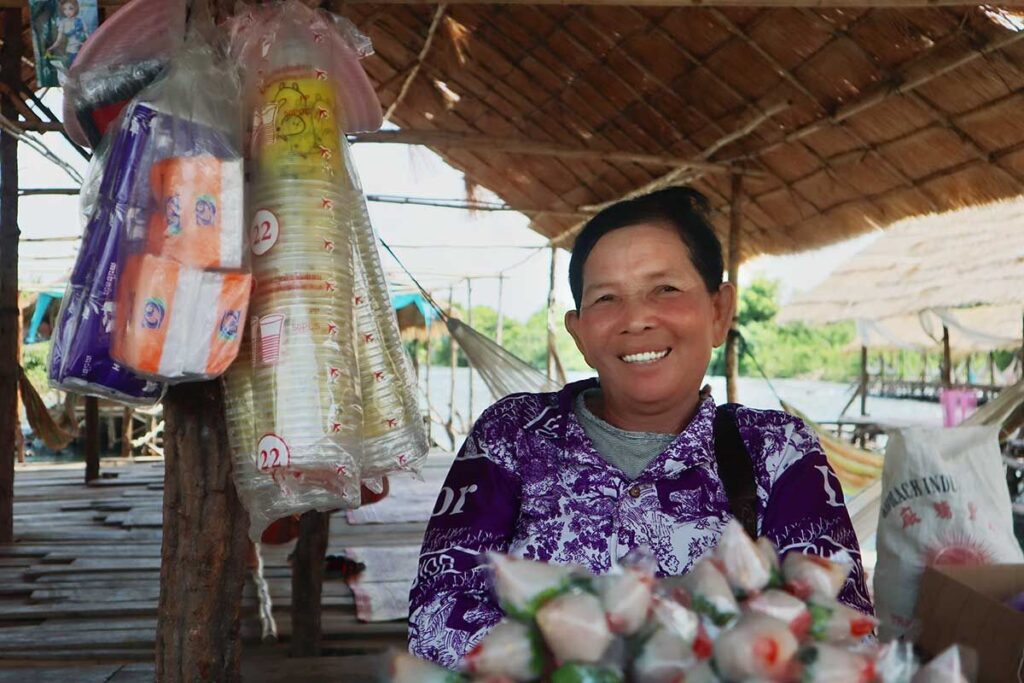
Kampi Village, about 15 kilometers north of Kratie town, is ground zero for dolphin spotting, and the area is occasionally busy on long weekends and national holidays. Most other times, business is slow.
“The Kampi Rapids is only a stop,” Chhnang Salen said. “People don’t stay long before they take a boat to see the dolphins or continue on to Ratanakiri or Phnom Penh.”
Vendors have talked with local authorities about building more overwater huts to accommodate more visitors, yet so far, no decision has been made.
“There is only one place to visit,” said Sun Hean, a 77-year-old Kampi vendor. “If they do not let us build, how can we get more visitors?”
Vendors at Kampi are pressing the government to address a number of challenges, like limited transportation options to the area, poor roads and a lack of marketing.
Severia Bel, a 30-year-old journalist from Lithuania, recently visited Kampi and found preparing for the trip such a struggle that she considered not going.
“When I was looking into coming to Cambodia, there were some places I couldn’t find bus tickets online,” she said. “If you’re planning to go — and maybe you don’t know what you’re doing or you’re a bit nervous like me because I’m a woman traveling alone — you’re like, ‘Oh, what happens if I go somewhere and then there’s no transport.'”
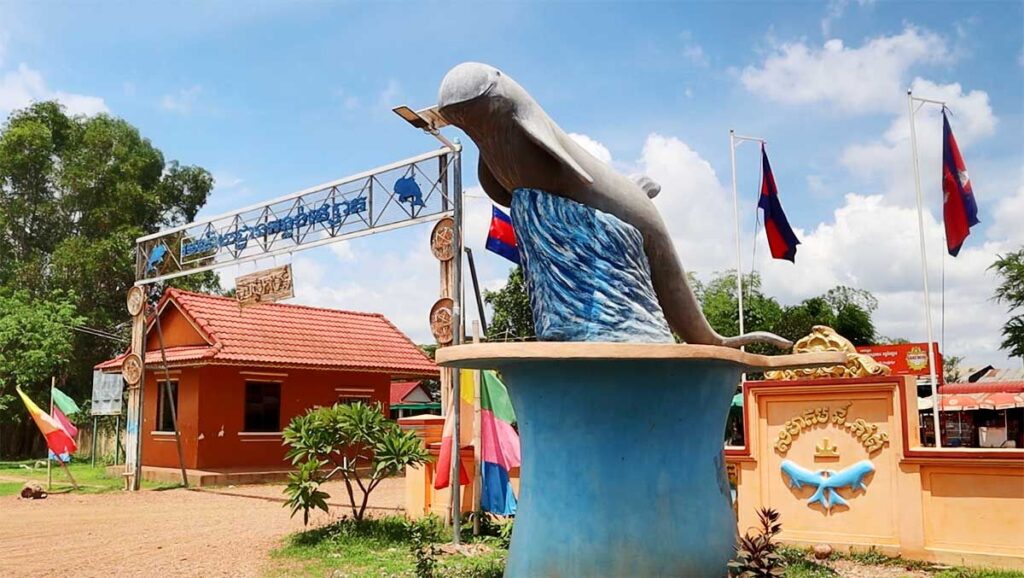
Compared to Cambodia’s larger neighbors, like Thailand and Vietnam, the transportation sector is still largely underdeveloped, said Chhay Sivlin, president of the Cambodian Tourism Association.
“Only a few big companies can afford to invest in digitalization,” she said.
The local tourism department is doing all it can with limited resources, said Chan Sokunthy, director of the Kratie Provincial Department of Tourism. The department offers vendors regular training and has increased the number of tourist destinations in the province.
“We are always working on it,” he said. Kratie now has more than 20 official tourist spots, including the Kampi rapids, Koh Trong and Koh Promcharey.
“The extra destinations help to extend visits,” he said. “At least they stay one night.”
Even so, many tourism businesses in the area are barely hanging on. Chhay Sivlin, from the Tourism Association, urged the government to make good on promises of financial support for the industry, otherwise, one of the country’s top tourism draws could wither away.
“Even in Siem Reap, most financing has yet to reach the private sector,” she said. “The loans have not yet arrived, or the conditions for lending are too strict. There seems to be nothing to facilitate and encourage the private sector.”


